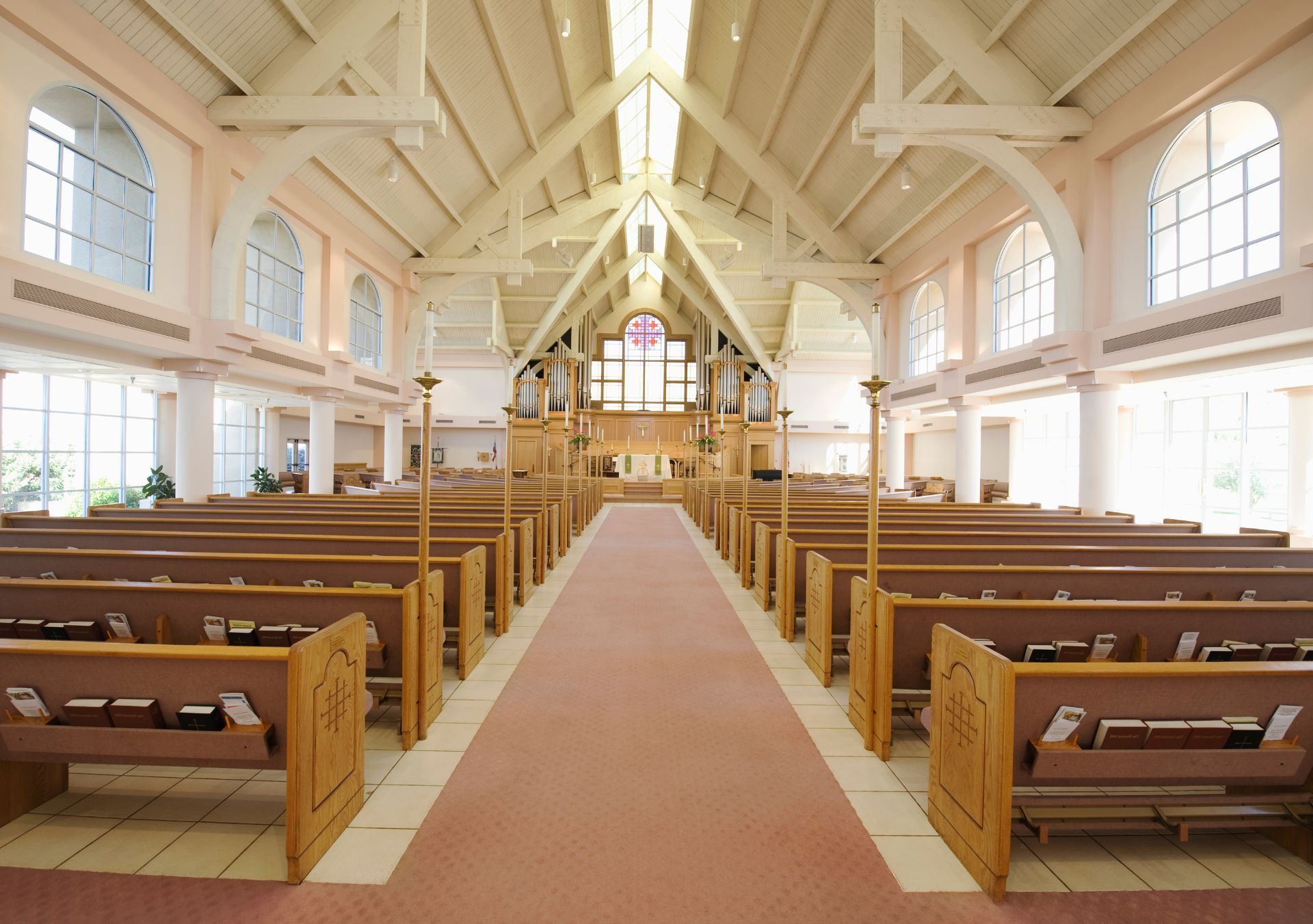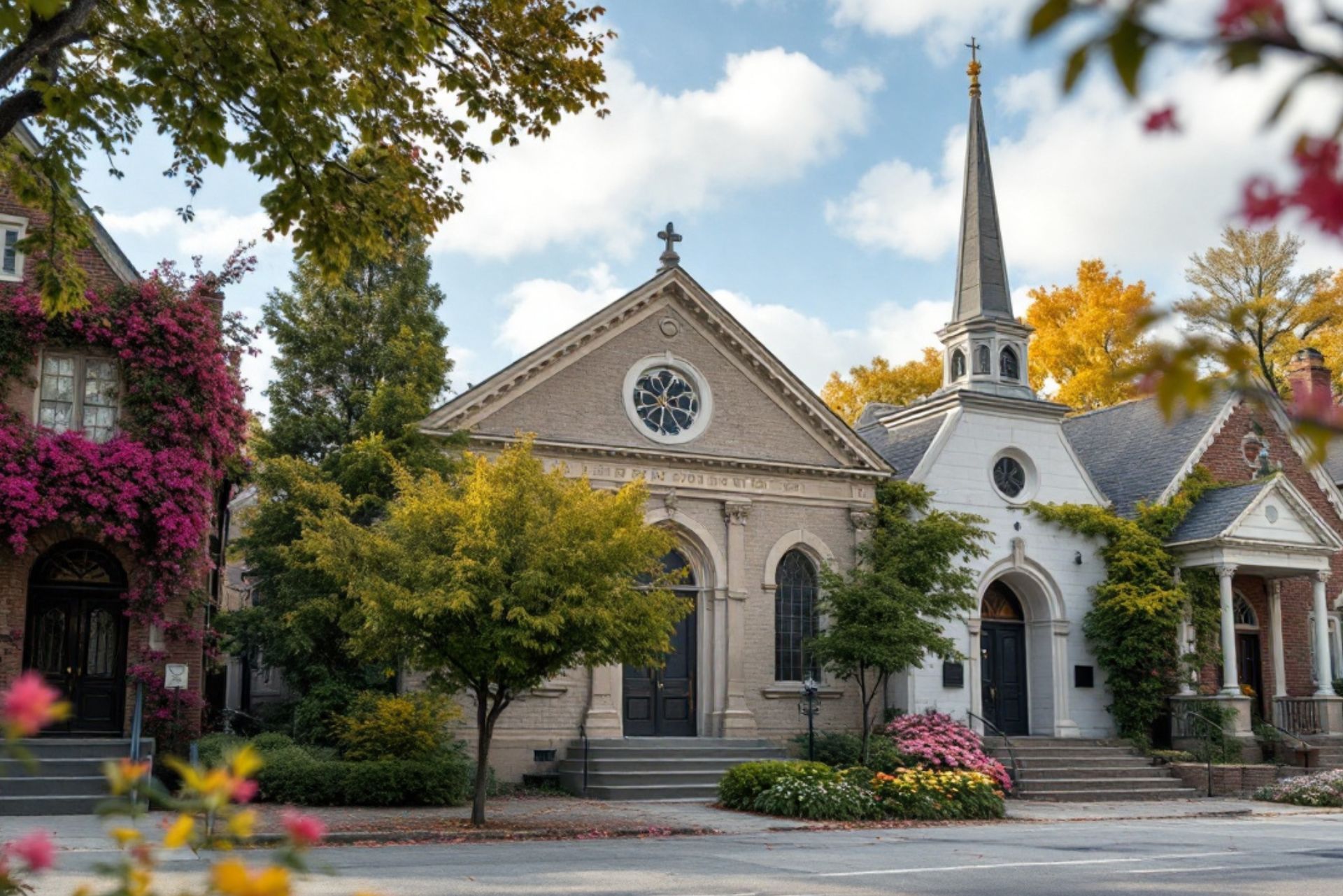
Most Common Business Policies
Index
Contact Us
In the vibrant and diverse landscape of New York, churches play a crucial role in their communities. However, like any other entity, they face specific risks and liabilities that can be mitigated through proper insurance coverage. This article explores the essential aspects of church insurance in New York, helping churches understand their options and make informed decisions.
Understanding the Basics of Church Insurance
Church insurance is a specialized type of insurance designed to address the unique risks that religious organizations face. This insurance usually encompasses various forms of coverage tailored specifically for churches, which can include property, liability, and additional protections. Understanding the essential components of church insurance is vital for ensuring that your congregation and its assets are adequately protected.
What is Church Insurance?
Church insurance is a comprehensive policy that provides essential coverage for churches and religious organizations. It typically includes components that cover property damage, liability claims, employee-related risks, and more. The aim is to protect the church's physical properties, its members, and the broader community from unforeseen events that could lead to financial hardship.
Church insurance plans can vary significantly in terms of coverage options, costs, and requirements, making it essential for churches to analyze their specific needs before selecting a plan. Most policies can be tailored to include additional coverages, such as flood insurance or coverage for specific church activities. For instance, if a church hosts community events or youth programs, it may need additional liability coverage to protect against potential accidents or injuries that could occur during these activities.
Why is Church Insurance Important?
The importance of church insurance cannot be overstated. Like any organization, churches are vulnerable to various risks, including accidents, property damage, and liability claims. Without the right insurance coverage, a church may face financial devastation following an unfortunate event.
Having adequate insurance ensures that churches can recover from unexpected incidents, such as natural disasters, theft, or lawsuits. Moreover, it provides peace of mind for church leaders and congregants, knowing that the church can maintain its operations even in tough times. Additionally, church insurance often includes coverage for legal defense costs, which can be significant in the event of a lawsuit. This is particularly important as churches navigate complex legal landscapes, including issues related to employment practices and discrimination claims. By securing comprehensive insurance, churches can focus on their mission and community outreach, rather than worrying about potential liabilities that could jeopardize their existence.
Furthermore, many insurance providers offer risk management resources to help churches minimize potential hazards. This can include safety training for staff and volunteers, guidance on maintaining facilities, and strategies for crisis management. By proactively addressing risks, churches can not only protect their assets but also foster a safer environment for their congregants and the community at large. This holistic approach to risk management and insurance coverage ultimately strengthens the church's ability to serve its mission and support its members effectively.

Types of Coverage for Churches in New York
When exploring church insurance in New York, it is crucial to understand the different types of coverage available. Each type addresses specific risk areas and can be combined to ensure comprehensive protection for the church.
Property Insurance for Churches
Property insurance is a fundamental component of any church insurance policy. It protects the physical assets of the church, including the building, furniture, equipment, and any other property owned by the congregation. Property insurance covers damage from events such as fire, vandalism, and natural disasters.
In addition to standard property insurance, many churches also opt for additional endorsements, such as coverage for valuable items or equipment used in services and community events. It is essential to evaluate the full extent of a church's property to determine the appropriate coverage limits. Furthermore, churches may want to consider business interruption insurance as part of their property coverage. This type of insurance can help replace lost income if the church is unable to operate due to a covered event, ensuring that the congregation can continue its mission even in challenging times.
General Liability Insurance
General liability insurance is essential for protecting churches from third-party claims of bodily injury and property damage. For example, if a visitor slips and falls on church premises, general liability insurance would cover legal costs, medical expenses, and any settlements awarded.
This type of insurance is crucial for maintaining a safe environment for congregation members, guests, and anyone who visits the church. It can also help protect against claims arising from church-sponsored events, which can often open the door to potential liabilities. Additionally, many churches host various community activities, from food drives to youth camps, which can increase the risk of accidents. Having robust general liability insurance not only safeguards the church's financial health but also reinforces its commitment to providing a secure and welcoming space for all.
Professional Liability Insurance
Professional liability insurance, also known as errors and omissions insurance, is designed for organizations providing professional services. For churches, this may include counseling, educational programs, and any other services that could lead to misinterpretation or miscommunication.
This type of insurance covers legal costs and settlements if a claim arises from negligence, errors, or omissions during these services. Having professional liability insurance provides an additional layer of security for churches offering specialized programs, ensuring they are protected against unforeseen litigation. Moreover, as churches increasingly engage in outreach and community support initiatives, the scope of professional services may expand, necessitating a review of existing coverage. By proactively addressing these potential risks, churches can foster trust within their communities, knowing they are prepared for any challenges that may arise.
Factors Influencing Church Insurance Costs in New York
The cost of church insurance can vary widely based on several factors. Understanding these elements can help church leaders plan their budgets accordingly and identify areas where they might reduce costs.
Location and Size of the Church
The geographic location of a church has a significant impact on insurance premiums. For instance, churches situated in areas prone to natural disasters, such as floods or hurricanes, may face higher premiums than those in more stable regions. Moreover, the size of the church and its facilities can also influence the cost, as larger properties typically carry higher replacement values. In urban areas like New York City, where real estate prices are higher, the cost of insuring a church can be significantly more than in rural settings. Additionally, churches with extensive grounds or multiple buildings will need to consider the maintenance and security of these properties, which can further affect insurance costs.
Church Activities and Services
The activities and services offered by a church play a key role in determining insurance costs. Churches that host numerous events, community gatherings, or facilities rentals may require additional coverage types, increasing their overall premiums. Assessing the scope of church activities can help in budgeting for insurance strategically. For example, if a church organizes youth camps, sports events, or concerts, it may need special liability coverage to protect against potential accidents or injuries. Furthermore, churches that provide services such as daycare or after-school programs may also face increased scrutiny from insurers, leading to higher premiums due to the additional risks involved.
Claims History
A church's claims history can also affect premiums. If a church has experienced multiple claims in the past, insurers may view it as a higher risk and charge higher rates. Conversely, a clean claims history can lead to lower premiums as the church is seen as a safer bet for insurers. It's not just the frequency of claims that matters; the nature of those claims can also play a role. For instance, claims related to property damage or liability issues can raise red flags for insurers, prompting them to adjust their rates accordingly. Churches that actively engage in risk management practices, such as regular safety audits and staff training, can demonstrate their commitment to minimizing risks, potentially leading to more favorable insurance terms.
How to Choose the Right Church Insurance Policy in New York
Selecting the appropriate church insurance policy requires thoughtful consideration and planning. Here are some steps that church leaders can take to ensure they make a well-informed decision.
Assessing Your Church's Insurance Needs
The first step in choosing the right policy is to conduct a thorough assessment of the church's unique insurance needs. This includes evaluating property values, the range of activities offered, and potential liabilities. Engaging with church leadership and congregation members can provide valuable insights into the specific coverage requirements that should be prioritized.
Additionally, it is essential to consider the church's location and the specific risks associated with that area. For instance, churches in regions prone to natural disasters such as floods or earthquakes may need to secure additional coverage to protect against these events. Furthermore, understanding the demographics of the congregation can also influence insurance needs; for example, churches with a large number of youth programs may require more comprehensive liability coverage.
Comparing Different Insurance Providers
Once a church's needs have been identified, it is wise to compare insurance policies from different providers. Each insurer will have varying coverage options, limits, and premiums. It is beneficial to consult multiple insurers and obtain quotes, allowing for a more informed decision.
When comparing providers, consider their reputation, customer service, and steadfastness in covering claims. Reading reviews and soliciting feedback from other churches can also aid in this decision-making process. Additionally, exploring the financial stability of the insurance company is crucial, as it can indicate their ability to pay out claims when necessary. Resources such as AM Best ratings or the National Association of Insurance Commissioners can provide insights into an insurer's financial health.
Understanding Policy Terms and Conditions
Insurance policies can be complex, filled with jargon and nuanced language. It is critical for church leaders to understand the terms and conditions of each policy they are considering. This includes knowing what is covered, what exclusions may exist, and any limits on liability.
If necessary, consulting with an insurance agent or broker who specializes in church insurance can clarify any doubts and help ensure that church leaders make the best possible choices for their communities. Furthermore, it is advisable to review the policy regularly, especially as the church grows or changes. New programs, renovations, or an increase in congregation size can all impact insurance needs, and staying proactive can prevent potential coverage gaps in the future.

Frequently Asked Questions about New York Church Insurance
As church leaders seek to navigate the complexities of insurance, several common questions often arise. Below are answers to some frequently asked questions about church insurance in New York.
Is Church Insurance Mandatory in New York?
While church insurance is not legally required in New York, it is highly recommended. Most churches should have some form of insurance to protect their assets and ensure financial stability in the event of unforeseen risks. Additionally, if a church has a mortgage, the lender may require insurance coverage as part of the loan agreement. This requirement can serve as a crucial safeguard for both the church and the lender, ensuring that the property is protected against various potential hazards, such as fire, theft, or natural disasters.
What Does Church Insurance Typically Cover?
Church insurance policies can vary widely; however, most will typically cover:
- Property damage and theft
- Liability for injuries sustained on church property
- Professional liability
- Coverage for church-owned vehicles
- Additional coverages for specific activities or events
In addition to these standard coverages, many policies offer options for specialized coverage tailored to the unique needs of religious organizations. For instance, some churches may host community events, youth programs, or mission trips, which can introduce additional risks. As such, it is wise for church leaders to discuss these activities with their insurance agents to ensure they are adequately covered. Furthermore, some policies may also include coverage for cyber liability, which is increasingly important in our digital age, as churches often maintain online platforms for donations, communications, and outreach.
How Can a Church Reduce its Insurance Costs?
There are several strategies churches can employ to reduce their insurance costs, including:
- Implementing a rigorous safety program to decrease the risk of accidents.
- Reviewing insurance policies regularly to ensure adequate coverage without over-insurance.
- Increasing deductibles, which can lower monthly premium costs.
- Bundling insurance services with a single provider.
By carefully assessing their insurance needs and working closely with reputable insurance providers, churches can secure the coverage they need while remaining financially responsible. Additionally, churches might consider forming a risk management committee that can regularly evaluate safety protocols and insurance needs. This proactive approach not only helps in reducing costs but also enhances the overall safety and well-being of the congregation and visitors. Engaging the congregation in safety initiatives can foster a sense of community and shared responsibility, making everyone feel more secure while participating in church activities.
In conclusion, understanding the complexities of church insurance in New York is essential for church leaders. The right insurance policy not only protects the church but also serves to foster a more secure and thriving community.
